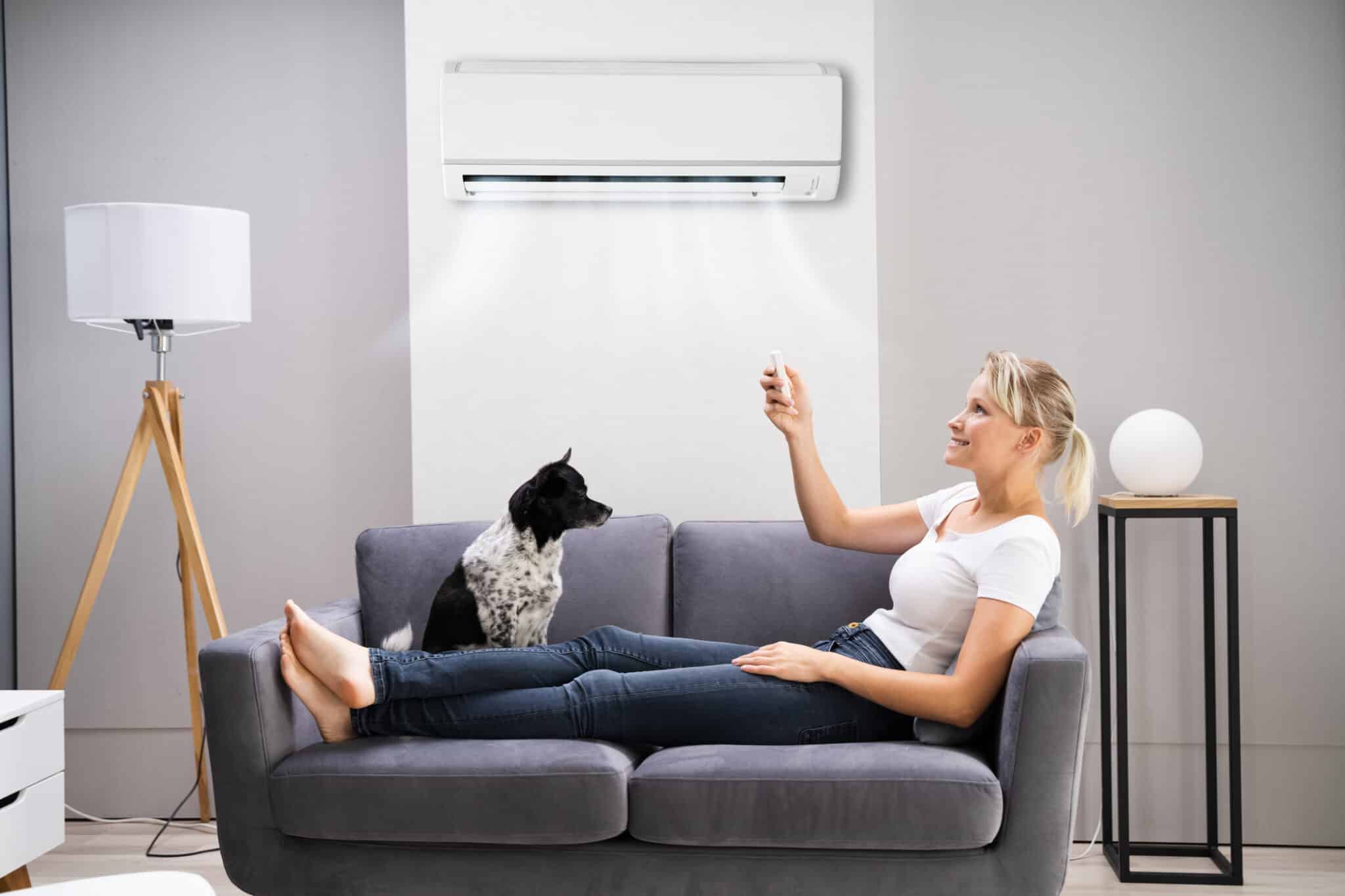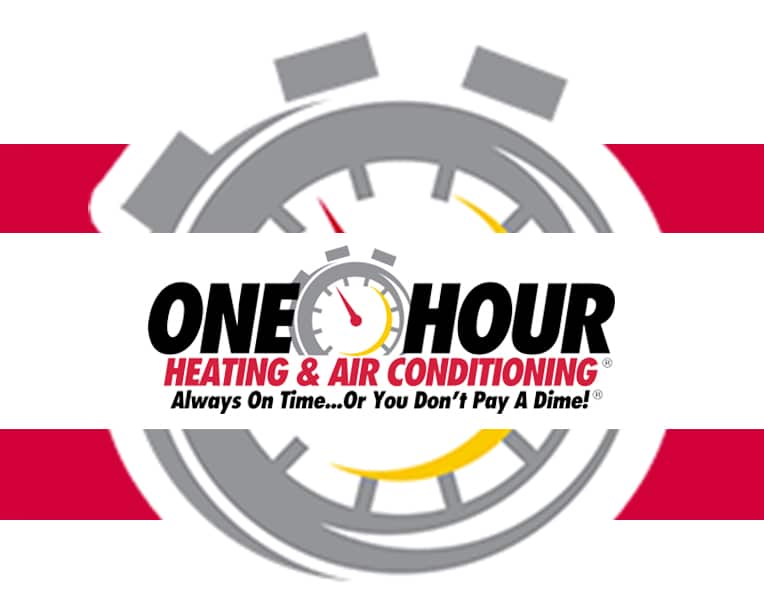Here are essential AC tips for pet owners to keep your pets comfortable:
- Set the Temperature Right: Keep your home between 75°F and 78°F, ideal for most pets.
- Clean Filters Often: Replace AC filters every 1-2 months to prevent clogs from pet hair and dander.
- Use Air Purifiers: Add HEPA filters to capture allergens and improve air quality.
- Control Humidity: Use a dehumidifier to maintain comfortable humidity levels.
- Keep Vents Clear: Ensure vents are unobstructed and inaccessible to pets for efficient airflow.
Following these tips helps keep your pets cool and your AC running smoothly!
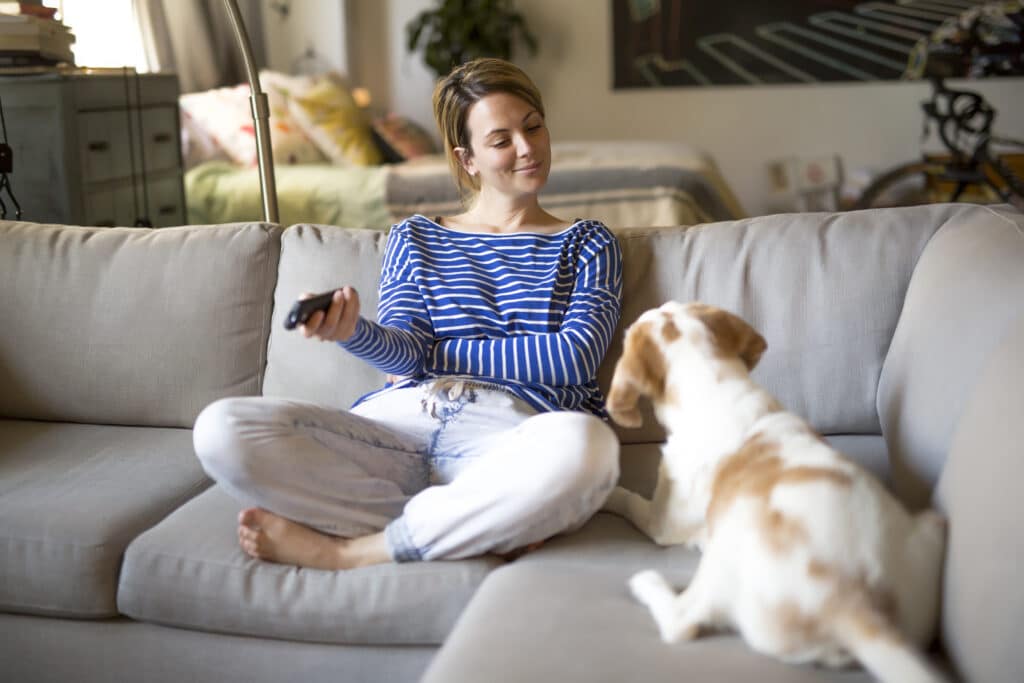
AC Tips – Ever wondered if your air conditioning is keeping your pets comfortable and safe? As temperatures rise, it’s not just humans who feel the heat—our pets do too.
Ensuring your home stays cool for your furry friends is crucial, especially in warmer areas like San Diego, El Cajon, and Lakeside. In this blog, we’ll explore essential AC tips for pet owners that will help you maintain the perfect environment for your pets.
From setting the ideal temperature to maintaining air quality, we’ve got all the tips you need to keep your pets happy and healthy.
Why AC Tips Matter for Pet Owners
Have you ever wondered how your air conditioning (AC) affects your pets? Just like us, our furry friends rely on a comfortable environment to stay happy and healthy, especially during those hot summer days in San Diego, CA.
Whether you live in El Cajon, Lakeside, or any other part of the area, AC tips can make a big difference in your pet’s well-being.
Pets are more sensitive to temperature changes than we might think. While we can adjust our clothing or drink a cool glass of water when it gets too warm, pets don’t have the same options.
They depend on us to keep their environment safe and comfortable. By following a few simple AC tips, you can ensure your pets are as cozy as possible, even when the temperatures soar outside.
In this article, we’ll dive into everything you need to know about keeping your pets comfortable with the right AC settings.
From understanding how temperature affects them to ensuring your AC is well-maintained and pet-safe, we’ve got you covered. So, let’s get started with why these AC tips are so important for you and your pets.
Understanding Your Pet’s Needs
How Pets Are Affected by Temperature
Pets, whether they’re covered in fur, feathers, or scales, can be more sensitive to temperature changes than we realize. For instance, dogs and cats can overheat quickly because they sweat only through their paw pads and pants to cool down.
On the other hand, reptiles rely heavily on their environment to regulate their body temperature, making a well-maintained AC system and following essential AC tips vital for their health and well-being.
Signs Your Pet is Uncomfortable
Recognizing when your pet is too hot or cold is crucial for their well-being. Pets can’t tell us directly when they’re uncomfortable, so it’s important to be aware of the signs. Some indicators that your pet may be struggling with the temperature include:
- Excessive panting or drooling in dogs and cats: This is a common sign of overheating, as pets attempt to cool down through panting. If it persists, it could lead to more severe heat-related issues.
- Lethargy or unusual behavior: Pets that are too hot or too cold may become lethargic, hide, or refuse to move. This is their way of conserving energy or avoiding discomfort.
- Restlessness or constant moving: If your pet is frequently changing positions or moving around, it could be a sign they’re trying to find a more comfortable spot, indicating dissatisfaction with the current temperature.
- Rapid breathing or difficulties breathing: Particularly in dogs, rapid or labored breathing can signal that they’re overheating and struggling to regulate their body temperature.
- Warm to the touch: If your pet’s skin feels unusually warm, it might be overheating, which can be dangerous if not addressed quickly.
If you notice any of these signs, it’s crucial to take action immediately. Adjust your home’s temperature, provide your pet with a cooler spot to relax, or even offer a cool drink of water.
Understanding these cues and responding promptly will help ensure your pet stays comfortable and safe throughout the year.
Setting the Right Temperature
Ideal AC Settings for Pets
When it comes to keeping your pets comfortable, understanding the ideal AC tips for temperature settings is key. The ideal AC settings can vary depending on the type of pet you have, but there are some general guidelines to follow.
A general rule of thumb among the best AC tips is to keep your home’s temperature between 75°F and 78°F when you’re home and your pets are inside.
This range is comfortable for most dogs and cats, providing a balance between coolness and energy efficiency, making it one of the most practical AC tips to ensure your pets are not too hot or too cold.
Adjusting Temperature Based on Pet Type
Different pets have different needs. For example, reptiles, birds, and exotic pets may require more specific temperature ranges that mimic their natural habitats. For these animals, investing in a reliable thermostat that can maintain a precise temperature is essential.
- Reptiles: These cold-blooded animals rely entirely on their environment to regulate their body temperature. Make sure their enclosure is equipped with heat lamps and that the room temperature is consistent.
- Birds: Birds are sensitive to drafts and sudden temperature changes. Keep the room they are in at a stable temperature, generally between 65°F and 85°F, depending on the species.
- Small Mammals: Animals like rabbits or guinea pigs are sensitive to heat. They generally do well in environments kept between 60°F and 75°F.
Always consider the specific needs of your pet when setting your AC. If you’re unsure, consult with a vet to determine the best temperature settings for your specific type of pet.
AC Maintenance Tips for Pet Owners
Regular Filter Cleaning
One of the most important AC tips for pet owners is to keep your air filters clean. Pet hair and dander can quickly clog up your AC filters, reducing efficiency and potentially leading to costly repairs. Here are some key points to remember:
- Check and replace filters frequently: With pets in the house, it’s recommended to check and replace your AC filters at least every 1 to 2 months. This is especially important if you have multiple pets or pets that shed heavily.
- Prevent increased energy costs: Dirty filters make your AC work harder, which not only drives up energy costs but also increases wear and tear on the system.
- Improve air quality: Clogged filters can compromise the air quality in your home, affecting both you and your pets. Regular cleaning or replacing of filters helps maintain a healthy environment.
- Maintain AC efficiency: Keeping your filters clean ensures your AC runs efficiently, extending its lifespan and providing consistent comfort for your pets.
Following these AC tips will help you maintain a clean and efficient air conditioning system, keeping your home comfortable and your pets happy.
Preventing Pet Hair from Clogging the AC
Pet hair seems to find its way into every nook and cranny, and your AC system is no exception. To prevent your pet’s hair from clogging up your system, consider placing air purifiers or additional filters in areas where your pets spend the most time. One of the important AC tips for pet owners is to take proactive measures against pet hair buildup to keep the system running efficiently.
You can also invest in a pet-friendly vacuum cleaner to regularly remove hair from carpets, furniture, and around vents.
Additionally, grooming your pets regularly can significantly reduce the amount of loose hair and dander that gets circulated through your home’s air.
Brushing your pets often, especially during shedding seasons, can minimize the hair that ends up in your AC system, helping it to operate smoothly.
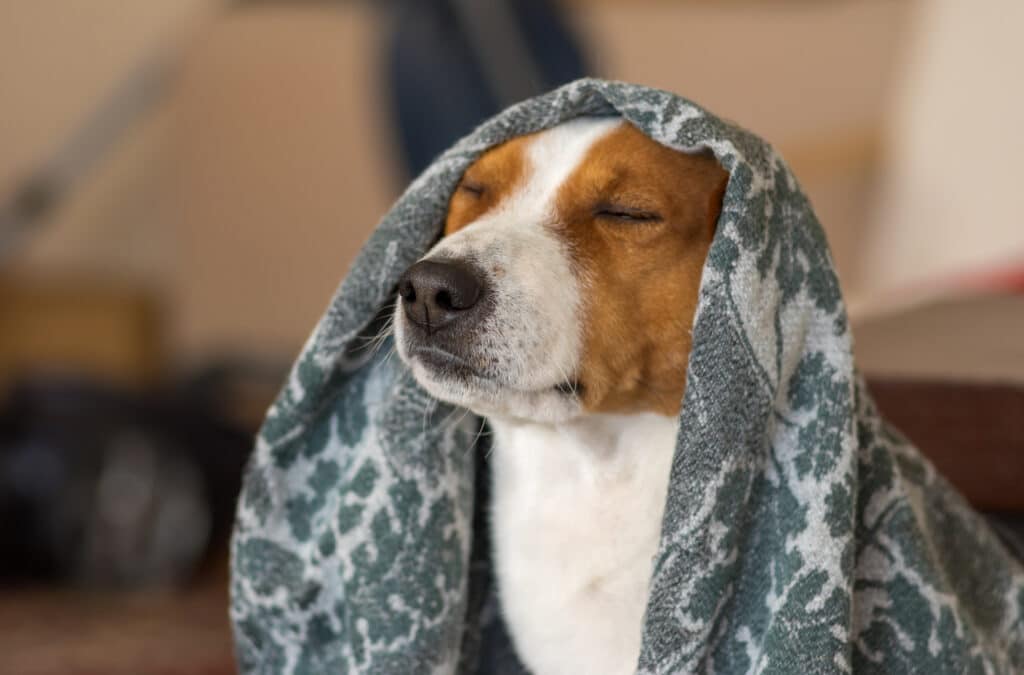
Air Quality Considerations
Importance of Air Quality for Pets
Air quality is crucial for maintaining a healthy environment, especially for pets, who are more susceptible to allergens like dust and dander. Poor air quality can lead to respiratory issues, allergies, and other health problems in pets.
Regular AC filter maintenance helps, but additional steps like using air purifiers can further improve the indoor environment. Ensuring clean air in your home will keep both you and your pets healthier and more comfortable.
Using Air Purifiers Alongside Your AC
Pairing your AC system with air purifiers enhances air quality by removing additional pet hair, dander, and odors. Air purifiers with HEPA filters are especially effective at capturing smaller particles that AC filters might miss.
Strategically place these purifiers in areas where your pets spend the most time to maximize their effectiveness. This combination ensures a cleaner, healthier home environment for both you and your pets.
Managing Humidity Levels
Why Humidity Matters for Pets
Humidity plays a significant role in your pet’s comfort and overall health. High humidity levels can make it harder for pets to cool down, especially for those with thick fur or respiratory issues.
Conversely, low humidity can dry out their skin and respiratory system, leading to discomfort. Maintaining the right humidity levels in your home is crucial to keeping your pets comfortable and healthy, particularly during the hot, sticky months in areas like San Diego.
Using a Dehumidifier with Your AC
Using a dehumidifier alongside your AC can help maintain optimal humidity levels in your home. This is particularly important in regions prone to high humidity, as it prevents the air from becoming too heavy with moisture.
A dehumidifier helps your AC run more efficiently by reducing the amount of moisture in the air, making it easier to achieve a comfortable temperature for your pets.
Together, these systems create a more balanced environment that keeps your pets safe from the negative effects of extreme humidity.
Creating a Pet-Friendly Environment
Keeping Your Pet’s Space Cool
Creating a cool and comfortable space for your pets is essential, especially during the hot summer months. Make sure their favorite spots are well-ventilated and out of direct sunlight to prevent overheating. One of the key AC tips for pet owners is to keep their pets’ spaces consistently cool and shaded.
You can also use cooling mats or place their beds in naturally cooler areas of your home, such as tiled floors or basements. Ensuring your pets have a cool retreat is among the most effective AC tips to help them stay comfortable and avoid heat-related stress.
Using Fans and AC Together
Using fans in conjunction with your AC can help distribute cool air more evenly throughout your home, making it more comfortable for your pets. Ceiling fans or portable fans can be placed in areas where your pets spend the most time to enhance airflow. These AC tips suggest that combining fans with your AC not only cools your pets more effectively but also reduces the workload on your AC, potentially lowering your energy bills. Together, fans and AC create an optimal environment that keeps your pets cool and content.
Safety Tips for AC Use Around Pets
Preventing Pets from Chewing AC Wires
Pets, especially young ones, can be curious and may chew on electrical wires, which can be dangerous. To prevent this, consider the following AC tips:
- Securely tuck away all AC wires and cords: Ensure that wires are hidden or placed out of reach to minimize the temptation for pets to chew on them.
- Cover wires with protective casing: Use durable casings that are designed to protect cables from curious teeth.
- Use cord organizers or cable protectors: These tools help keep wires neatly organized and out of your pet’s reach, reducing the risk of electrical hazards.
- Supervise young pets: Keep an eye on young or particularly curious pets, especially when they are near AC units or other electrical equipment.
Taking these precautions ensures your pets stay safe and your AC system remains operational without any unexpected interruptions.
Ensuring AC Vents Are Out of Reach
AC vents can sometimes attract curious pets who might block or damage them. To avoid this, ensure that vents are installed in places that are out of reach or inaccessible to your pets. You can also use vent covers or furniture to block access without restricting airflow. Keeping vents out of your pets’ reach not only protects your AC system but also ensures that the cool air is distributed evenly throughout your home.
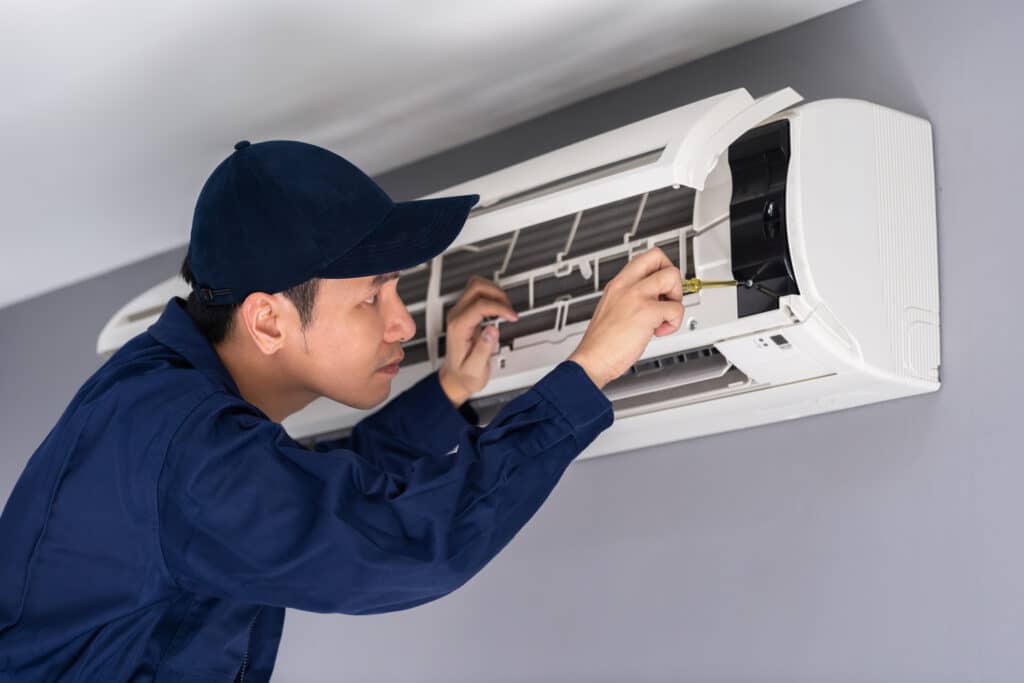
When to Consult a Professional
Signs Your AC Needs a Check-Up
Even with the best AC tips and regular maintenance, there comes a time when your AC might need professional attention.
If you notice that your AC isn’t cooling as effectively as it used to, or if it’s making strange noises, it could be a sign that something is wrong. Uneven cooling, higher-than-usual energy bills, or unusual odors are also red flags.
Ignoring these issues could lead to bigger, more expensive problems down the line, so it’s important to call in a professional at the first sign of trouble to keep your pets comfortable and your AC running smoothly.
Finding Pet-Friendly HVAC Services
When choosing an HVAC service, it’s essential to find a provider who understands the unique needs of pet owners. Look for companies that offer AC tips specifically for homes with pets, as they will be more attuned to the potential issues that pet hair and dander can cause.
A pet-friendly HVAC service will also be mindful of your pets during maintenance visits, ensuring they are safe and not stressed by the activity.
Having a reliable, knowledgeable service provider ensures your AC system stays in top condition, keeping your pets cool and happy.
Keep Your Pets Cool and Comfortable with Expert AC Tips
Don’t let the San Diego heat affect your pets! At One Hour Heating & Air Conditioning San Diego, we’re here to help you implement the best AC tips for a cool and safe home.
Whether you’re in El Cajon, Lakeside, or anywhere in the San Diego area, our team is ready to ensure your AC system is pet-friendly and running smoothly. Contact us today to learn more!
FAQs
How often should I clean my AC filters if I have pets?
You should clean or replace your AC filters every 1 to 2 months if you have pets. Pet hair and dander can clog filters quickly, reducing your AC’s efficiency. Regular filter maintenance is one of the most essential AC tips for pet owners to ensure your system runs smoothly and the air quality remains high.
What is the ideal temperature setting for my pets?
The ideal temperature setting for most pets is between 75°F and 78°F. However, you may need to adjust this slightly depending on the type of pet and their specific needs. Monitoring your pets for signs of discomfort and adjusting the temperature are critical AC tips to keep them happy and healthy.
Can pet hair damage my AC system?
Yes, pet hair can easily clog filters and even get into the AC system, causing it to work harder and potentially leading to damage. Following AC tips like regular filter cleaning and minimizing pet hair around your home are crucial to preventing this issue.
Should I use a humidifier or dehumidifier with my AC for my pets?
Depending on your local climate, using a humidifier or dehumidifier alongside your AC can help maintain comfortable humidity levels for your pets. This is one of the AC tips that can make a significant difference in your pets’ comfort, particularly in extreme climates.
What are the signs that my AC needs professional maintenance?
Signs that your AC might need professional maintenance include uneven cooling, strange noises, unusual odors, or a sudden increase in your energy bills. These issues suggest that something may be wrong with your system, and following these AC tips to get professional help can prevent further problems.








